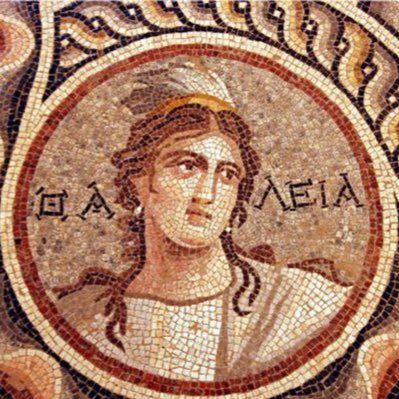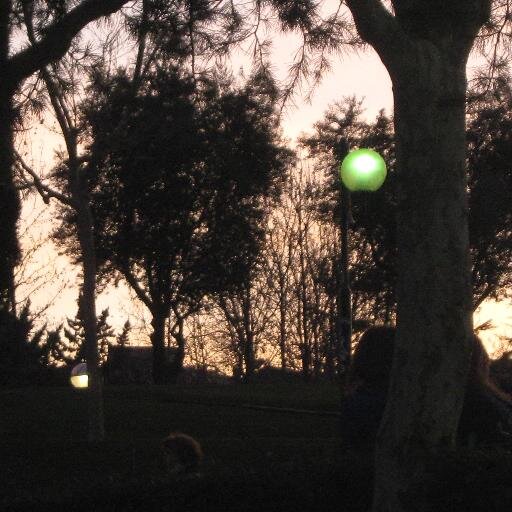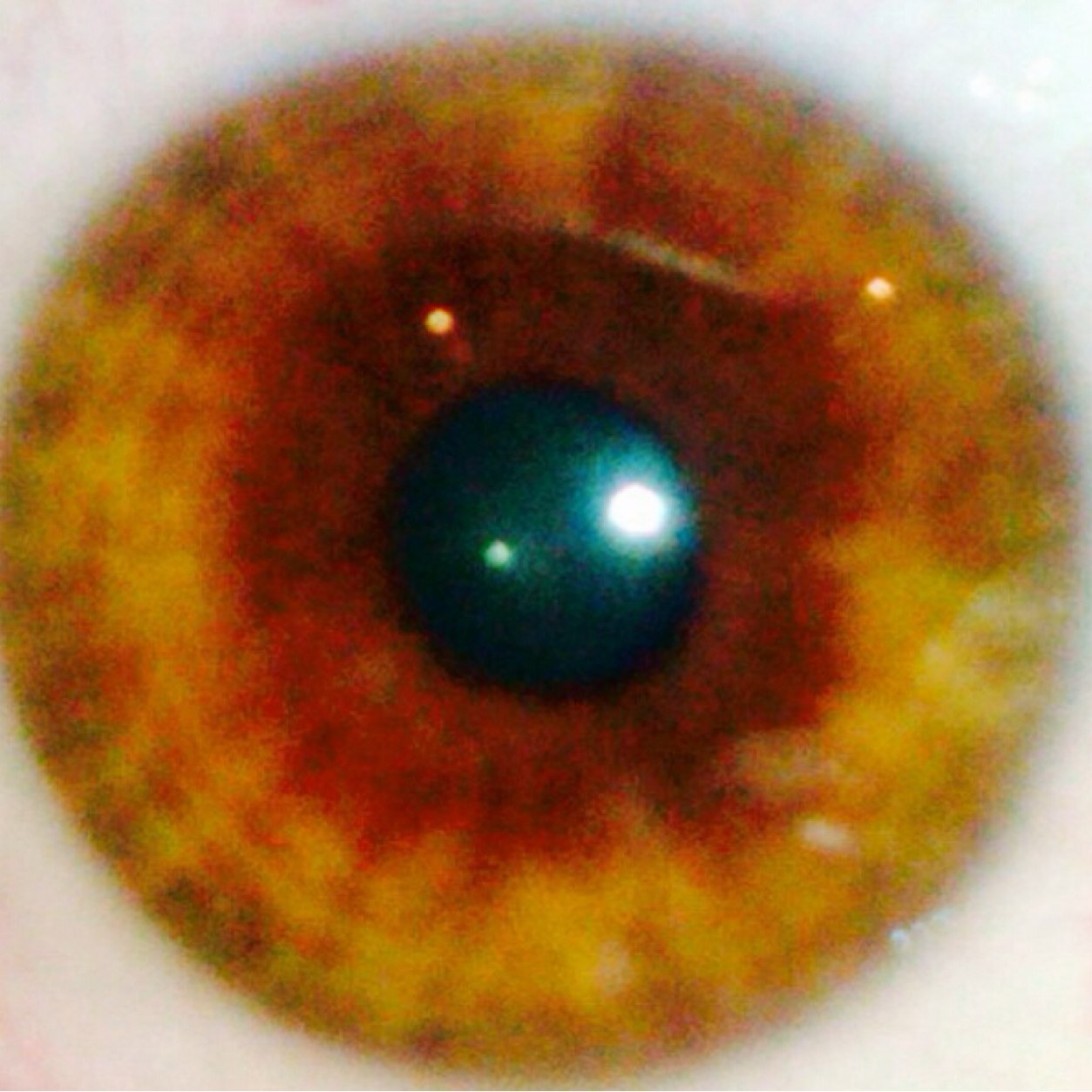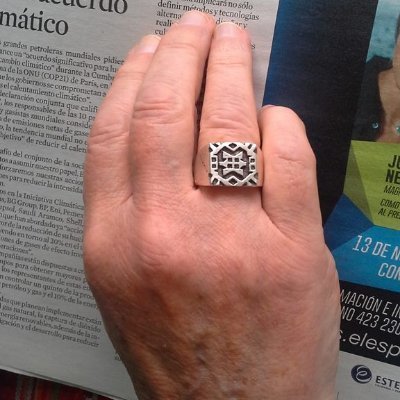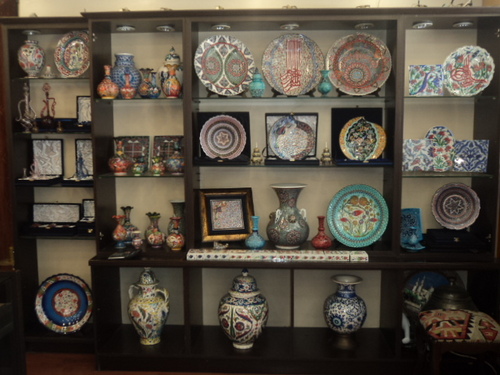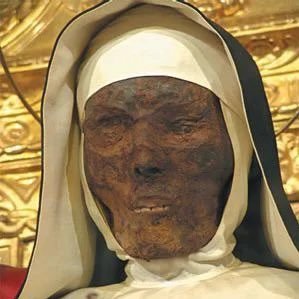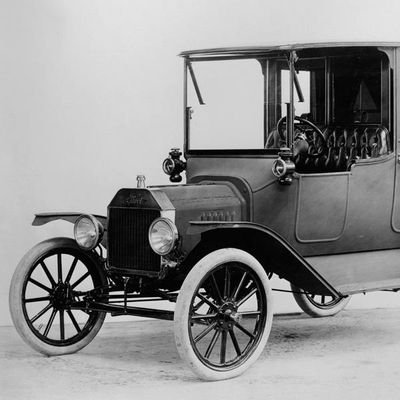
Let's get ancient!
@letsgetancient
History for everyone 🫅👸 Sail with me through the waters of time 🛶
Photo of Archduke Franz Ferdinand and his wife, Sophie, taken on June 28, 1914, just before they were assassinated in Sarajevo. They were heading to the hospital to visit people injured in an earlier assassination attempt on their lives.

#OnThisDay in 64 AD, the Great Fire of Rome began. Lasting for six days, it devastated the city. The historian Tacitus reported that Emperor Nero blamed the fire on Christians, leading to the first organized persecution by the Roman Empire.
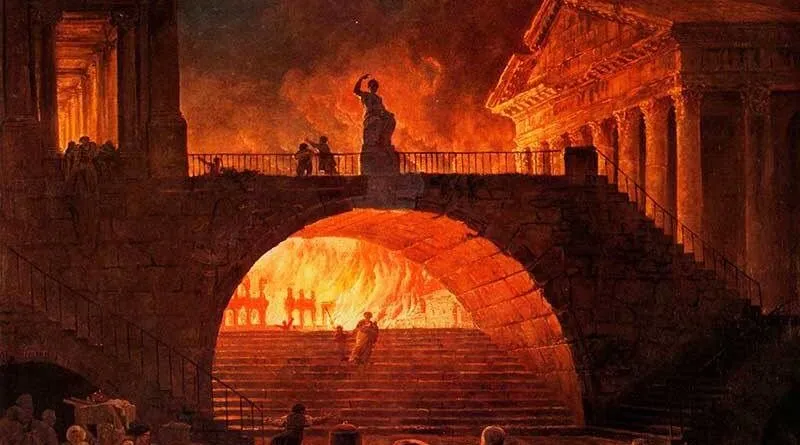
Long before the Romans, there was Mohenjo-Daro (~2500 BCE). This Indus Valley metropolis had a planned street grid, an incredibly advanced sewer system, and a "Great Bath." Its sudden collapse and abandonment remain a captivating mystery.
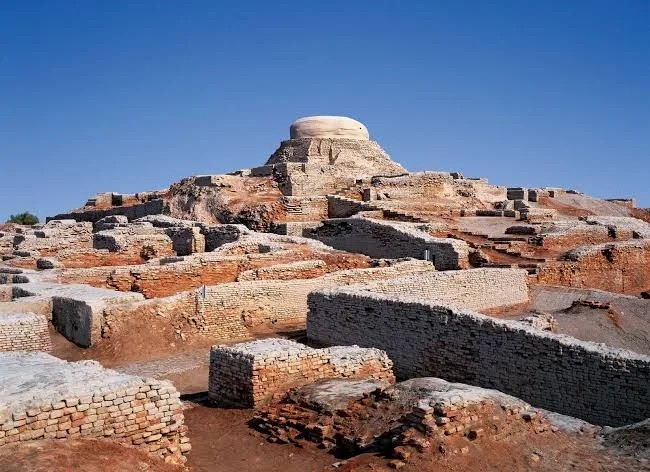
Meet Zenobia, the warrior queen of Palmyra who challenged the Roman Empire in the 3rd century AD. She forged her own empire, conquering Egypt and much of Anatolia before being defeated by Emperor Aurelian.

HISTORY MYTH: Did Vikings really wear horned helmets? ⚔️ Nope! That popular image was an invention for 19th-century operas. Real Viking helmets were practical bowls of iron or leather, designed for battle, not drama. Archaeology tells the true story.

2,000-year-old wisdom for your timeline, from Stoic philosopher and emperor Marcus Aurelius: "You have power over your mind — not outside events. Realize this, and you will find strength."

This is the Antikythera Mechanism, an ancient Greek hand-powered orrery, often called the world's first analog computer. Discovered in a shipwreck, this incredibly complex device, dated to ~100 BC, was used to predict astronomical positions and eclipses.

Bakeries in ancient Rome were everywhere! They sold bread, pastries, and even a type of pizza called "picea." This carbonized loaf of bread, perfectly preserved by the eruption of Vesuvius in 79 AD, shows us that the Romans took their carbs very seriously.
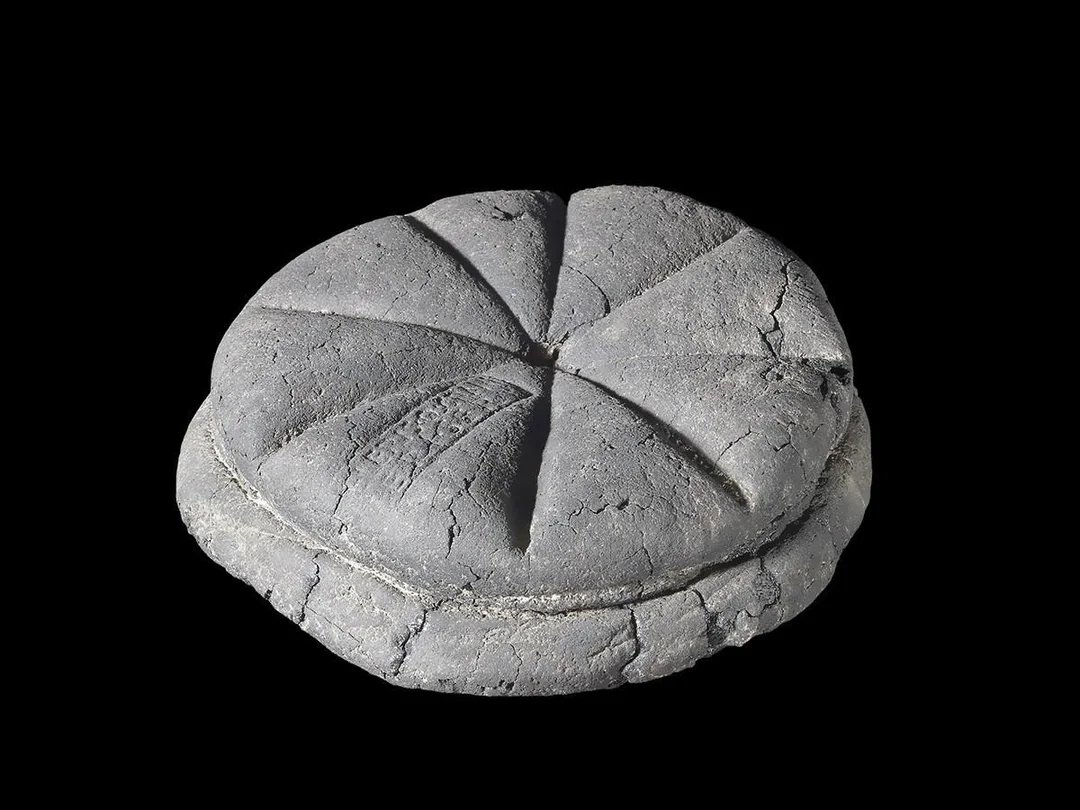
This Rosetta Stone is a broken-off piece of a larger slab bearing a decree passed by a council of priests in 196 BCE;it is inscribed with hieroglyphs, cursive Egyptian script, and ancient Greek. The inclusion of all three languages allowed scholars to decipher the hieroglyphs.

This is Tutankhamun's meteoric iron dagger. The material for the blade is determined to have originated by way of a meteoritic landing. The dagger is currently displayed at the Egyptian Museum in Cairo.

Senet, a gaming board popular in Ancient Egypt, inscribed for the pharaoh Amenhotep III with a separate sliding drawer, ca. 1390–1353 BCE.

Created in the sixth century B.C.E, this Babylonian Map of the World shows Mesopotamia and its surrounding cities, bodies of water, mountains and regions – a total of 22 locations, most of which described in some way.

Golden Larnax and Wreath of Phillip II. Phillip II of Macedon was king from 359 B.C.E to 336 B.C.E, when he was murdered by a royal bodyguard, which opened the succession for his son Alexander the Great.

The first-ever stop-motion film was created by Eadweard Muybridge in 1878, and it was called The Horse in Motion. It’s an 11-frame clip that was created to settle a debate over whether all four hooves of a horse were off the ground at the same time when it gallops.
On this day, but in 1958, and following the outbreak of an insurrection in Algiers, Charles de Gaulle came before the French National Assembly as prime minister designate, starting the French Fifht Republic.

The Hildebrand & Wolfmüller was the world's first series production motorcycle. It was powered by a 1.5 liter parallel twin producing 2.5 horsepower, and it could reach speeds of up to 28 mph (45 km/h). Up to approximately 2000 units were produced and sold.
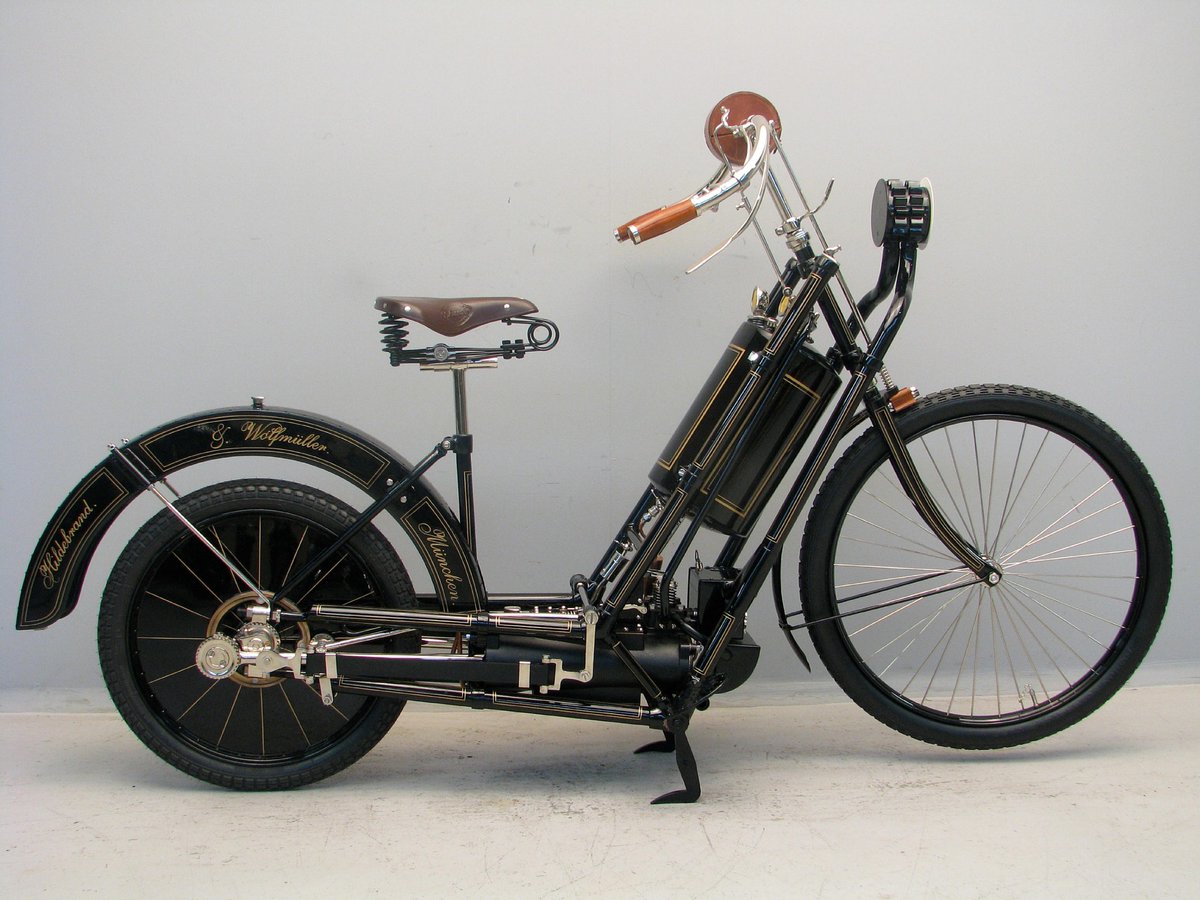
On October 1, 1908, the Ford T appeared and revolutionized the industry. In 1921 it came to represent 57% of world production. It had a power of 20 hp and reached 71 kilometers per hour. With 15.007.033 units, it was the most produced car on the planet for almost 45 years.
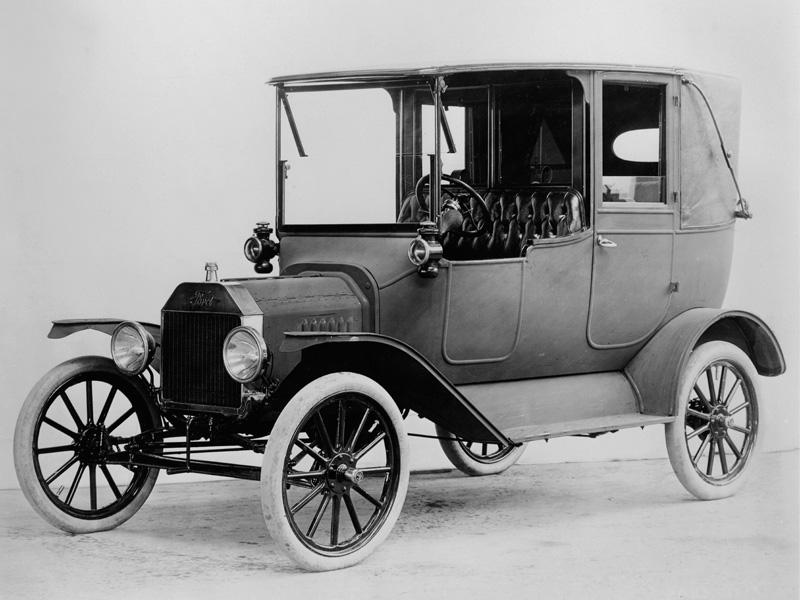
In this video, we can see the earliest-born person ever filmed, Pope Leo XIII, who was born in 1810. The video was captured in 1896, and digitally enhanced by Youtube account XIXbacktolife.
Roman blue-glass cinerary urn, from Luguvalium (Botchergate, Carlisle), 1st century CE. Burning the body after death and keeping the bones and ashes in the cineraria (funerary urns) was cultural tradition in the Roman societies inherited from their Etruscan ancestors.

The Benz Patent-Motorwagen, built in 1885 by the German Karl Benz, is widely regarded as the first modern automobile, and was the first car put into production. It had a top speed of approximately 10 miles per hour (16 km/h) and was fueled by ligroin, a petroleum ether.

United States الاتجاهات
- 1. Good Sunday 52.3K posts
- 2. Discussing Web3 N/A
- 3. #sundayvibes 4,602 posts
- 4. #HealingFromMozambique 19K posts
- 5. Wordle 1,576 X N/A
- 6. Blessed Sunday 17.2K posts
- 7. Miary Zo N/A
- 8. Trump's FBI 11.4K posts
- 9. Biden FBI 17.9K posts
- 10. KenPom N/A
- 11. Coco Gauff 2,088 posts
- 12. MACROHARD 9,507 posts
- 13. Gilligan's Island 5,541 posts
- 14. The CDC 32.2K posts
- 15. Dissidia 7,619 posts
- 16. Go Broncos 1,283 posts
- 17. Pegula 5,645 posts
- 18. Nor'easter 1,703 posts
- 19. FDV 5min 2,188 posts
- 20. Utah 25.4K posts
Something went wrong.
Something went wrong.




























